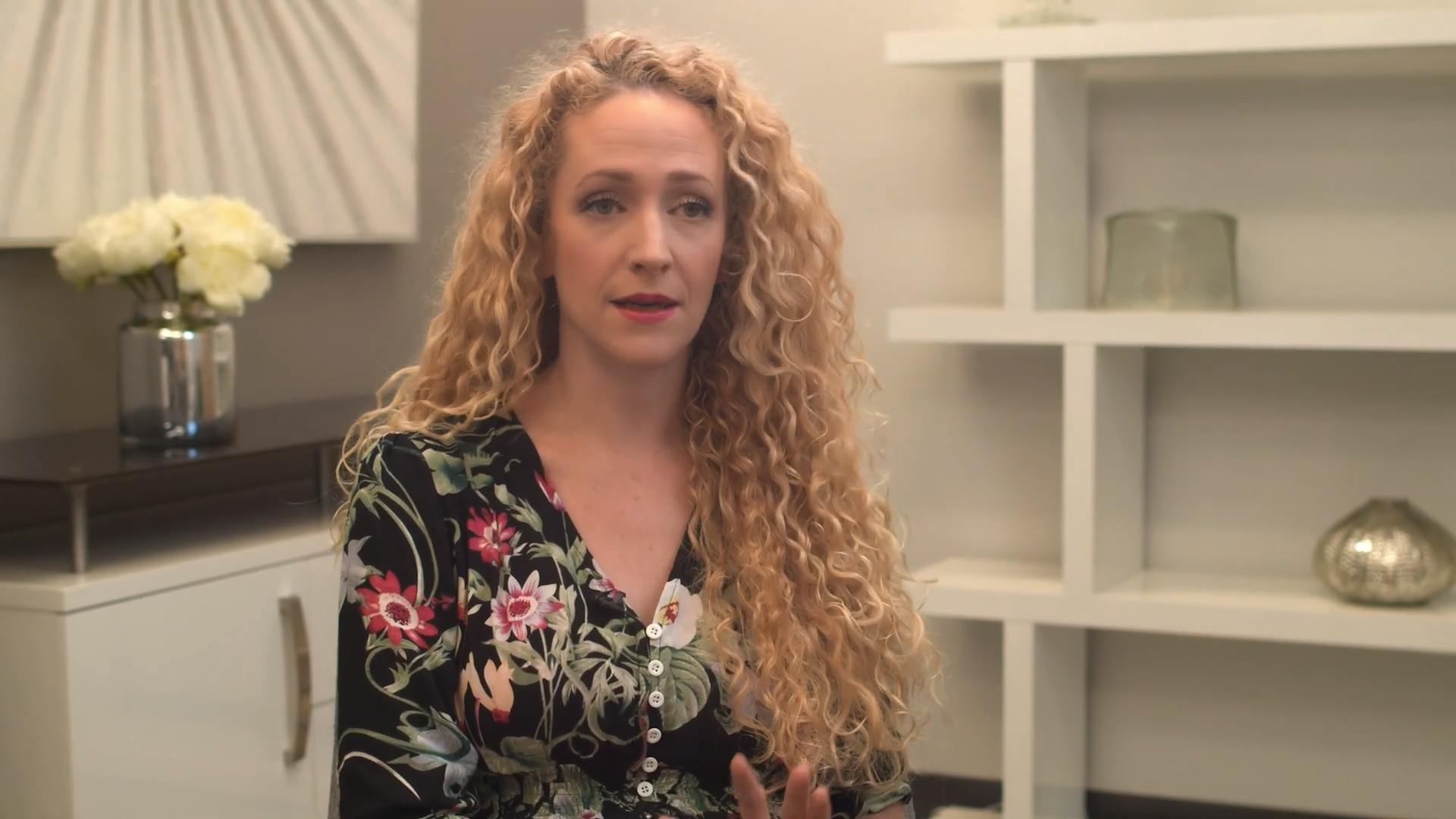Though rarely discussed, gynecomastia is actually quite common-affecting 40 to 60% of men. The cause of this condition in those within normal weight range has been linked to drug side effects, heredity or certain medical conditions.

How is it done?
Surgery for gynecomastia is most often performed as an outpatient procedure. It is usually done under general anesthesia, although local anesthesia plus sedation is sometimes an option. It takes about an hour and a half to two and a half hours to complete providing there are no extenuating circumstances or multiple procedures involved.
How is the Procedure Done?
The surgical technique will depend upon whether your condition is primarily comprised of excess glandular tissue, or fatty tissue. In the former case, the glandular tissue will first be removed with a scalpel. This may be done alone, or in conjunction with Liposuction. The incision is usually made along the edge of the areola. Usually the scars are inconspicuous, but their size is dependent upon the amount of tissue and skin that must be removed. The same incision is used for both tissue removal and Liposuction. In the case of extreme amounts of fat or glandular tissue, skin may have to be removed in order for the remaining skin to properly drape over the new breast contour.
If excessive fatty tissue is the primary cause, you will likely have Liposuction to remove the fat.
During liposuction, a blunt cannula is used to break up layers of fat and suctions them out using careful, deliberate strokes. As in the case of glandular tissue, the incision will be under the arm or around the perimeter of the areola, but is nearly imperceptible.
Ask Our Team
What is involved in the initial exam?
What kind of scars can I expect?
When can I go out in the sun?
Will my chest ever return to its preoperative condition again?
How do I know if I need a lift along with a reduction?
What complications should I be aware of?
What is involved in the initial exam?
Your initial consultation is very important. You will be asked to bring your medical history. Because underlying conditions such as liver disease, use of estrogen medications or steroids have been linked to gynecomastia. During your individualized consultation, both your medical history and chest anatomy will be examined in order to determine the best recommended treatment plan. Should a medical problem be detected, you will be referred to an appropriate specialist. Depending upon the degree of fat and glandular tissue involved, we will discuss the best surgical approach for you and answer any of your questions.
What kind of scars can I expect?
You can expect a two to three millimeter scar at the bottom of the areola when the procedure involves liposuction of the fatty tissue only. There is a chance that an extended scar along the areola could be necessary if additional breast tissue must be removed.
When can I go out in the sun?
This is a very important question. You must avoid exposing your chest to the sun for at least 6 months. Sun exposure can permanently affect the skin’s pigmentation, causing the scars to turn dark. In any case, it is advisable to use a strong sunblock (SPF 45 or greater) and be cautious.
Will my chest ever return to its preoperative condition again?
Male breast reduction surgery is permanent. However, aging, significant weight loss or gain, or exposure to drugs and steroids can affect the size of your "breasts".
How do I know if I need a lift along with a reduction?
Depending upon the amount of breast tissue and redundant skin, a breast lift may be indicated. In some cases, not only fat and breast tissue is removed, but also excess skin. An exam by the plastic surgeon will be needed to definitively know if a reduction and/or lift will be necessary for the desired result.
What complications should I be aware of?
Risks and uncertainty are part of every surgical procedure. Complications associated with gynecomastia are infrequent and usually minor. Having said this, risks include infection, skin injury, excessive bleeding, an adverse reaction to anesthesia and excessive fluid loss or accumulation. It can also result in noticeable scars, permanent pigment changes or contour irregularities. Some patients experience temporary loss of breast sensation (rarely permanent) or numbness.








